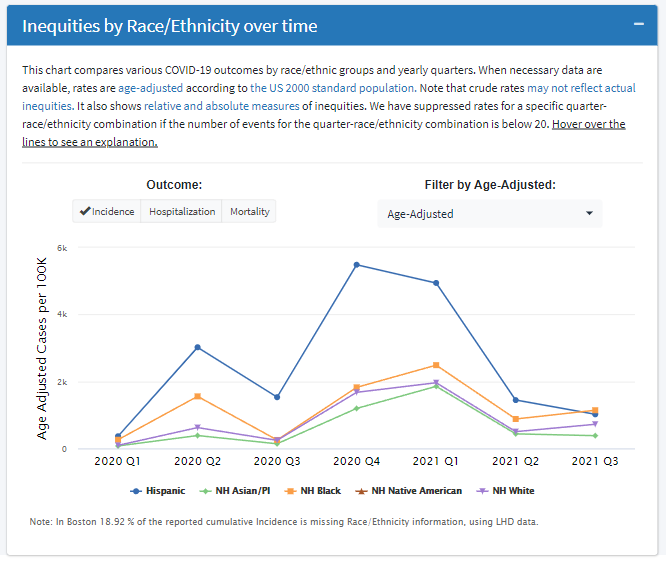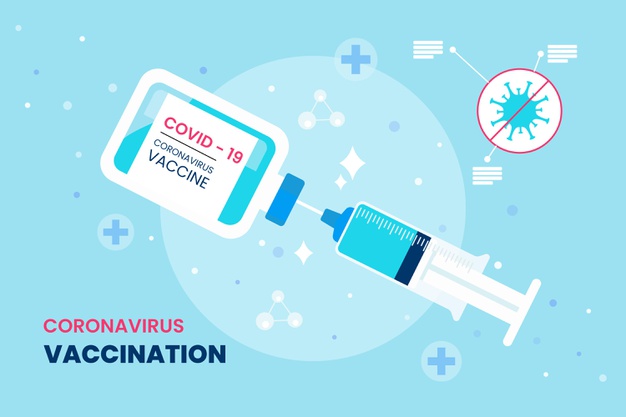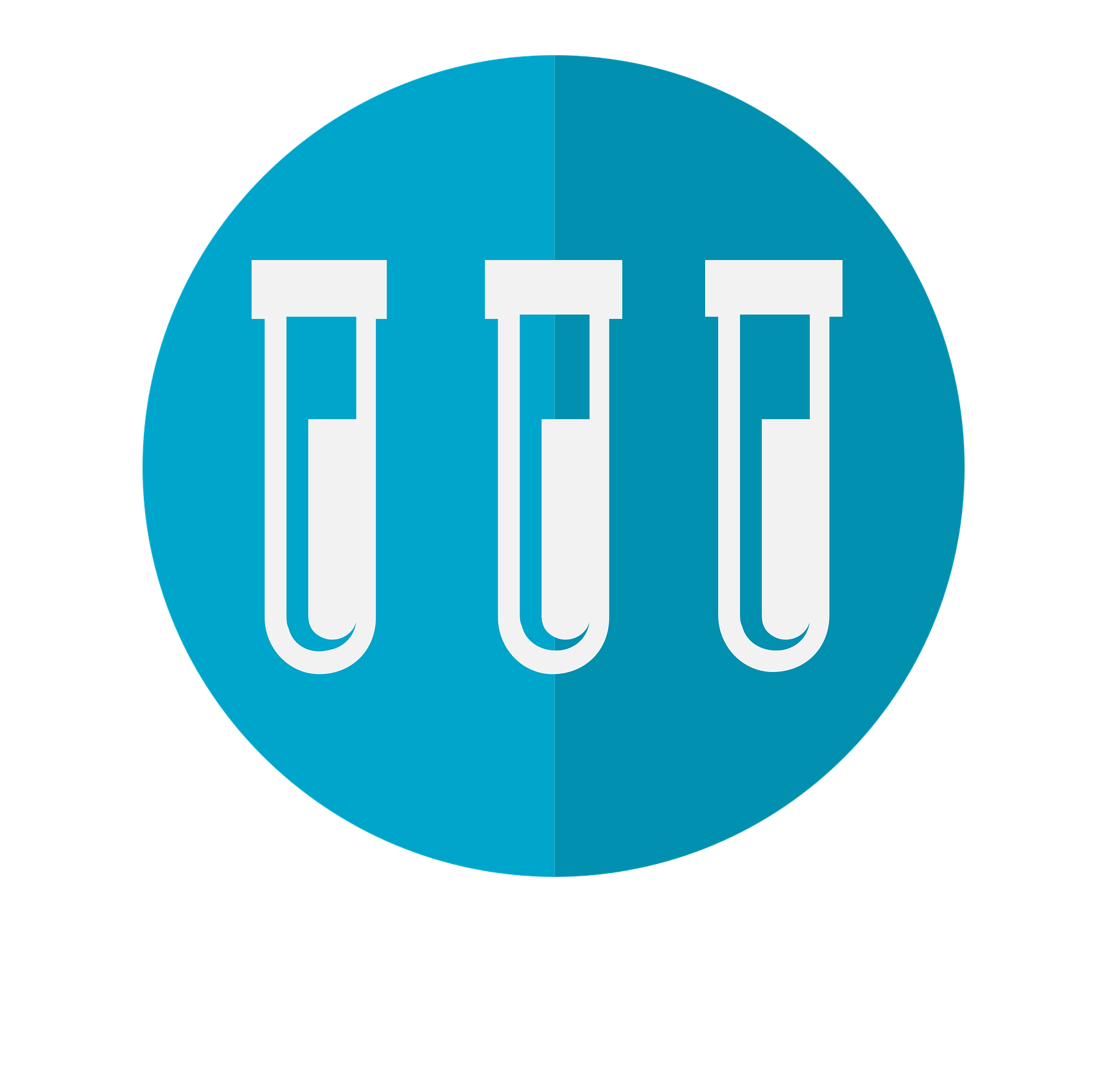Trends Of Racial Disparities In Covid-19 Outcomes In US Cities
The COVID-19 Health Inequities in Cities dashboard was created to compare and track inequities related to the COVID-19 pandemic across a multitude of dimensions, including across subgroups of individuals within cities, across neighborhoods within cities, and across cities. The newest addition to the dashboard focuses on describing and comparing inequities by race/ethnicity in COVID-19 outcomes over the course of the pandemic. City specific trends of racial disparities over time Within the “City Report: Inequities: Outcomes” tab, users can select a city of interest and examine trends in COVID-19 outcomes over time for different race/ethnicity sub-populations.


